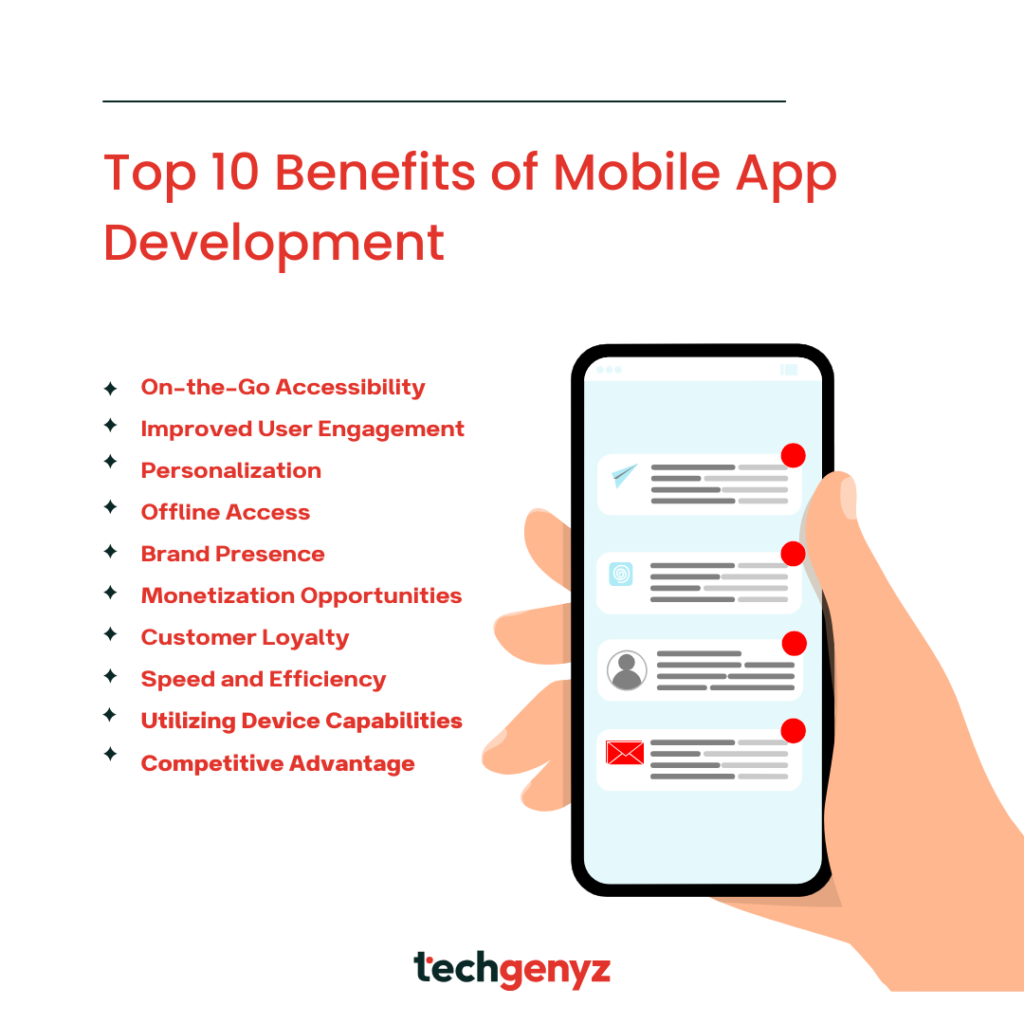We are going through a formative phase for designing mobile apps. Mobile app development covers areas from e-commerce activities to content curation.
Mobile app development is playing a prominent role in shaping the online business. Although the design of mobile apps is in its formative years, we see their application in almost all areas, from e-commerce activities to content curation. The reason for the rise in the number of mobile apps is that more and more people are occupying the mobile space with their mobile devices, like laptops and tablets, instead of the ever-ubiquitous smartphones.

These mobile devices carry a massive volume of information, enabling users to perform a plethora of activities, from making online payments, viewing their banking transactions, browsing the net for information, and more. But, we see the product from most of these app development companies as a poorly designed app.
You need to follow the primary stages in mobile app development and these are:
Table of Contents
Set Up the Goal
Clear goals and clear vision are a must for the mobile app. There are too many companies in the marketplace that invest in those mobile app development companies and utterly fail in the end.
Other than starting with something simple, the mobile app that will be developed must cover certain aspects of the services and must aim to do certain things, and not only that it will resolve some structural problems. One must also understand the user expectations of this mobile app.
Competition analysis is vital in this stage of mobile app development. You must find out the mobile apps that are popular with clients and the elements that they have that meet user expectations and actually make your app flourish in the long run.
Design Matters
The UI/UX design is of the utmost importance in mobile app development as that is what singularly prevents it from providing a dismaying user experience; on the contrary, it delights customers. So, for the app development company, it is always a design-first and develop-second approach.
We cannot afford to lose the resources behind an app idea without proper planning. To understand the look and behavior of the mobile app, you must make a sketch of the idea on a piece of paper.
Monetizing the Mobile Apps
With the mobile app’s goals fixed, you must find further details on its technical and commercial sides. The niche market for mobile apps needs to be determined, and successful measures for monetizing the mobile app need to be found. All options for monetization need to be explored, such as charging customers to download the apps and running advertisements for mobile apps, which causes major problems.
Defining the technical specifications is another work done with the help of a mobile UX expert or professional support from someone. The cost of the mobile app has to be calculated at this stage, too.
Surface Level Prototyping
Prototyping the mobile app is one of the best practices to follow. This is crucial for successfully launching the mobile app. You may incorporate some of the web-based prototyping models, which are easy to use and include many design additions, troubleshooting, and other functions.
Creating the Beta version for Testing
The creation of the beta version of the mobile application is about putting the plan into a real-life situation. The rudimentary form must have aesthetics similar to those of the real thing. This is the way to get good feedback about design. The feedback is then incorporated into the final product before it is actually launched. The second run of beta testing is needed before launching the app when there are radical changes in the app functionalities when you need to amend the wireframe and the technical specifications.
The app is generally showcased in the Google Play Store, and it is quite flexible in displaying the app, but in the case of Apple’s App Store, it has the right to review and approve the app before it actually hits the marketplace.
Conclusion
In sum, successful mobile app development hinges on a clear vision, market insight, and user-centric design. As the field evolves, a strategic approach to development—from goal-setting and competitive analysis to prototyping and beta testing—is essential.
Each step is a building block toward an app that not only functions smoothly but also engages and delights users, ultimately standing out in a crowded marketplace. Adapting to new trends and feedback is key to ensuring that an app remains relevant and valuable to its users long after its launch.




